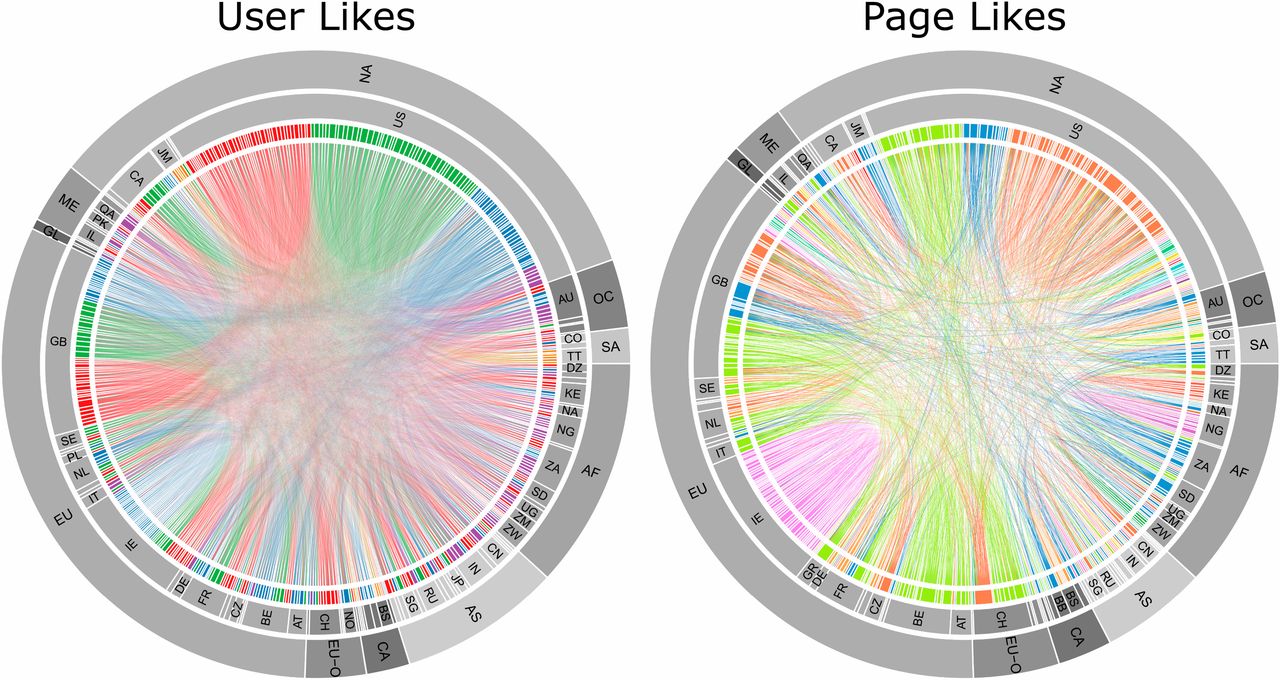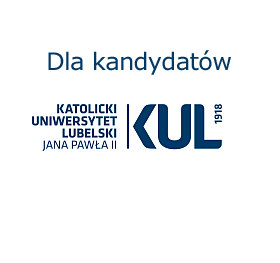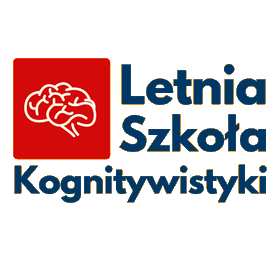Anatomy of news consumption on Facebook

Significance
Social media heavily changed the way we get informed and shape our opinions. Users’ polarization seems to dominate news consumption on Facebook. Through a massive analysis on 920 news outlets and 376 million users, we explore the anatomy of news consumption on Facebook on a global scale. We show that users tend to confine their attention on a limited set of pages, thus determining a sharp community structure among news outlets. Furthermore, our findings suggest that users have a more cosmopolitan perspective of the information space than news providers. We conclude with a simple model of selective exposure that well reproduces the observed connectivity patterns.
Abstract
The advent of social media and microblogging platforms has radically changed the way we consume information and form opinions. In this paper, we explore the anatomy of the information space on Facebook by characterizing on a global scale the news consumption patterns of 376 million users over a time span of 6 y (January 2010 to December 2015). We find that users tend to focus on a limited set of pages, producing a sharp community structure among news outlets. We also find that the preferences of users and news providers differ. By tracking how Facebook pages “like” each other and examining their geolocation, we find that news providers are more geographically confined than users. We devise a simple model of selective exposure that reproduces the observed connectivity patterns.
Alarge body of research has addressed news consumption on online social media and its polarizing effect on public opinion (1⇓⇓⇓–5). Social media and microblogging platforms have changed the way we access information and form opinions. Communication has become increasingly personalized, both in the way messages are framed and how they are shared across social networks. Furthermore, according to a recent study (6), ∼63% of users acquire their news from social media, and these news are subject to the same popularity dynamics as other forms of content. Recent works (7) provide empirical evidence of the pivotal role of confirmation bias and selective exposure in online social dynamics. Users, indeed, tend to focus on specific narratives and join polarized groups (i.e., echo chambers) (8⇓–10), where they end up reinforcing their worldview [even if pieces of content are deliberately false (11, 12)] and dismissing contradictory information (13). Discussion and elaboration of narratives in such a segregated environment elicits group polarization and negatively influences user emotion (14⇓⇓–17). Therefore, in this paper, to better understand how echo chambers emerge, we explore the anatomy of news consumption on Facebook. We focus on how Facebook posts from news outlets are consumed and how user activity causes connectivity patterns to emerge. We analyze the interaction of 376 million users with all of the anglophone news outlets on Facebook listed in the European Media Monitor (18) over a 6-y time span, from January 2010 to December 2015. Using quantitative analysis, we find evidence that selective exposure plays a pivotal role in shaping news consumption online. Users tend to focus on a very limited set of pages and thus create a distinct community structure within these news outlets. We also find that the perspectives of the news outlets and the users differ. Our findings suggest that users have a more cosmopolitan perspective of the information space than news providers. Examining how pages “like” each other and taking into account their geolocation, we find geographically confined connectivity patterns. We conclude by devising a simple model of selective exposure that reproduces the observed connectivity patterns. We first analyze user behavior with respect to the information sources. We then analyze how user activity spans across these sources. Finally, we introduce a simple model that reproduces the observed dynamics. Our findings suggest that probably the main driver of misinformation diffusion is the polarization of users on specific narratives rather than the lack of fact-checked certifications.
- Anatomy of news consumption on Facebook
- Ana Luc´ıa Schmidta , Fabiana Zolloa, Michela Del Vicarioa, Alessandro Bessib, Antonio Scalaa, Guido Caldarellia, H. Eugene Stanleyd, and Walter Quattrociocchia
- doi:10.1073/pnas.1617052114
- http://www.pnas.org/content/early/2017/02/28/1617052114.full






